Your cart is currently empty!
Jaded with Nephrite: The Gentleman’s Stone

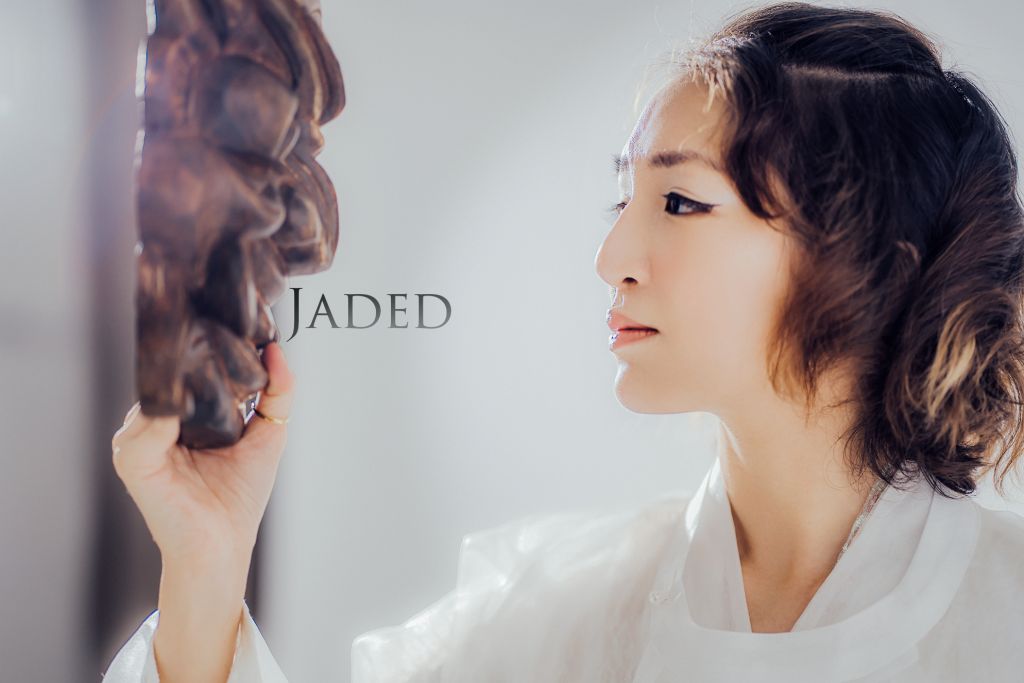
From a Western Gemological POV, Jadeite and Nephrites are the only two ‘real’ jades. I’ve briefly mentioned the history of jadeite in earlier post (Jaded with Jadeite: The imposter of Chinese jade) so this post, I’m going to talk about the Nephrite jade that dominated Chinese jade in the last 2,000 years before Jadeite took over.
Interestingly, it was not until the late 1700s did an early analysis of minerals and categorised Jade into Nephrite and Jadeite based on their chemical properties. And then in the mid 19th century with the help of French mineralogist Alexis Damour, there was deeper discovery on the exact chemical compositions that made up Nephrite and Jadeite
So if you are talking about ancient Chinese, and how they identify jade, it’s pretty much like how most of us identify—through sight and touch, and experience. Which, as we saw in the case of Emperor Qianlong in the earlier post, is really more of an art than a science and even the best collector could get it wrong.
THE GENTLEMAN’S STONE—YU

Before Jadeite was the craze, Nephrite was the de-facto jade for the Chinese literati and aristocrats and this tradition went back to over 2,000 years ago. Prior to that, jade were used for more ritual and ceremonial purposes and it was around the Warring State era that jade took on a more mortal and moralising role (although still remaining its importance as a ritual item).
Confucius was said to favour ‘yu’ 玉(loosely translates to jade), over ‘min’ 珉(loosely translates to jade simulant/jade-like stones). When his disciple asked him if it was because the jade-like stones ‘min’ were more abundant than jade ‘yu’, Confucius said:
It’s not because jade-like stones were in abundance thus it was not as valuable as compared to the rarer jade. Historically, gentlemen have always regarded jade as their ideal representation of virtues and moral compass.
- Jade is gentle and nourishing, like kindness;
- Densely packed/solid (meticulous) and firm, like wisdom;
- Sharp and unyielding but does not hurt, like justice;
- Meticulously carved jade pendants worn on the body, represent etiquette;
- When they clatter together, they make a crisp sound that travels far, it represents propriety/civility/music*;
- Its inclusions and marks do not obscure jade and jade does not conceal its flaws, like loyalty;
- It shines brilliantly, like trustworthiness;
- Its aura is like the rainbow that spans across the sky, representing Heaven;
- Its spirit is like the mountains and rivers, representing Earth;
- Holding the proper jade ritual pieces and follow the rule through, represents morality.
TL;DR, There is no jade in the world that is not precious, because it represents the ways of virtues. In ancient poems it is often mentioned that a gentlemen is gentle like jade, thus gentlemen value jade.
What a moral lesson on jade!
You can see that this strong association with one’s character in jade continues even till the early 20th century (as I have shared in the article Jaded with Jadeite: The imposter of Chinese jade).
*I note that for the translation of the word ‘yue’, it is now known as the word for ‘music’, but in ancient Chinese context, it was much more. In fact, it was the basis of Chinese civility because ancient rituals had to always have music alongside, so music has a much higher status in the past than it does today. To prevent the jades from clattering against each other and becoming entangled, wearers adjusted their posture and gait, and therefore the sound they make should be gentle and crisp not noisy, thus a manifestation of their civility.
EVOLUTION OF JADE CONSUMPTION IN CHINA
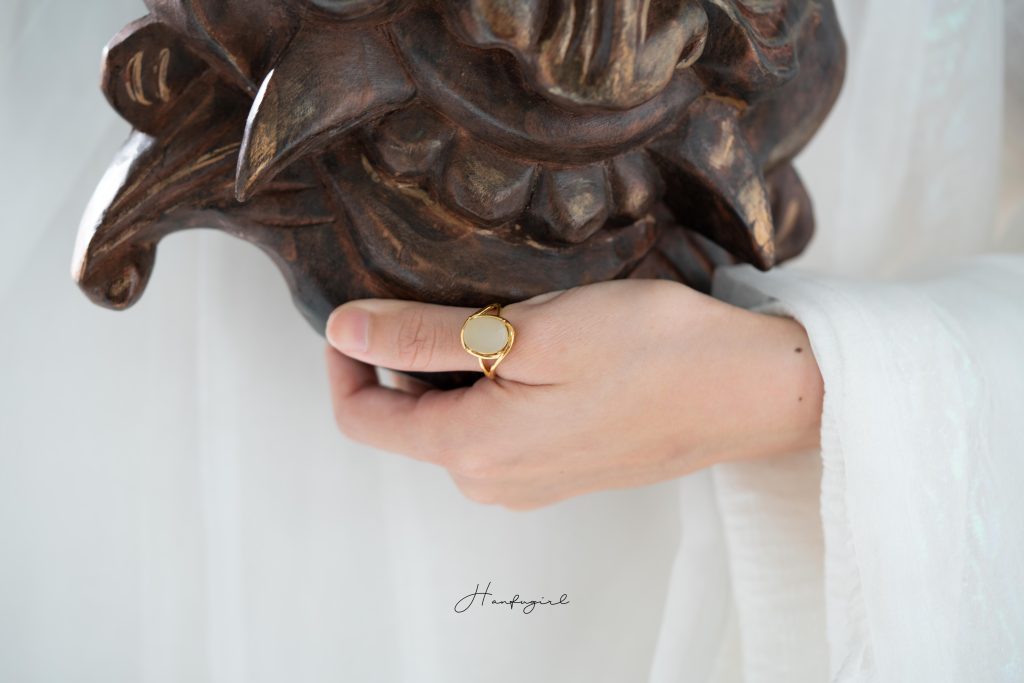
There’s a really good and detailed article by Sotheby’s for those interested on the evolution of Chinese jade consumption throughout history. So I shan’t go into details. But it was from the point of Han dynasty onwards that nephrite jade from Khotan/Hotan/Hetian took up a large part of the aristocrat’s jade use. Jade also became more aesthetically-driven and commercialised as compared to its more ancient past as ceremonial or ritual objects.
Because of this development, jade carvings also became very varied and sophisticated as they expanded beyond the fixed set of totems to much more taste-driven motifs.
In most of the prized jade items by the aristocrats, were nephrite jades, as they exude the qualities of ‘gentleman’ due to their opacity and lustre which was quite different from the gem-like or crystal-glass like transparent texture that is highly valued today.
PERFECT IMPERFECTION

While most of the times nephrite jades were valued for their fat-like lustre like the mutton-fat jade which is white, and their uniformity in colour and lustre, the Chinese also greatly valued two types of inclusions on nephrites:

- Natural colour that became part of the stone before they were carved known as the ‘skin colour’; and
- Colours that the carved jade pieces acquired over time called the Qin 沁 (lit: soak into, seep into). They are colours that became part of jade as different chemical compositions in its environment seeped into it or interacted with it, especially when the piece was carved with more exposed areas and vulnerabilities. It bears witness to the passage of time that the jade has endured. In southern China, it is more likely for jades to have colours and inclusions as it is more moist, thus minerals in the soil is more likely to seep into the jade, while it is less likely in the north where it is drier.
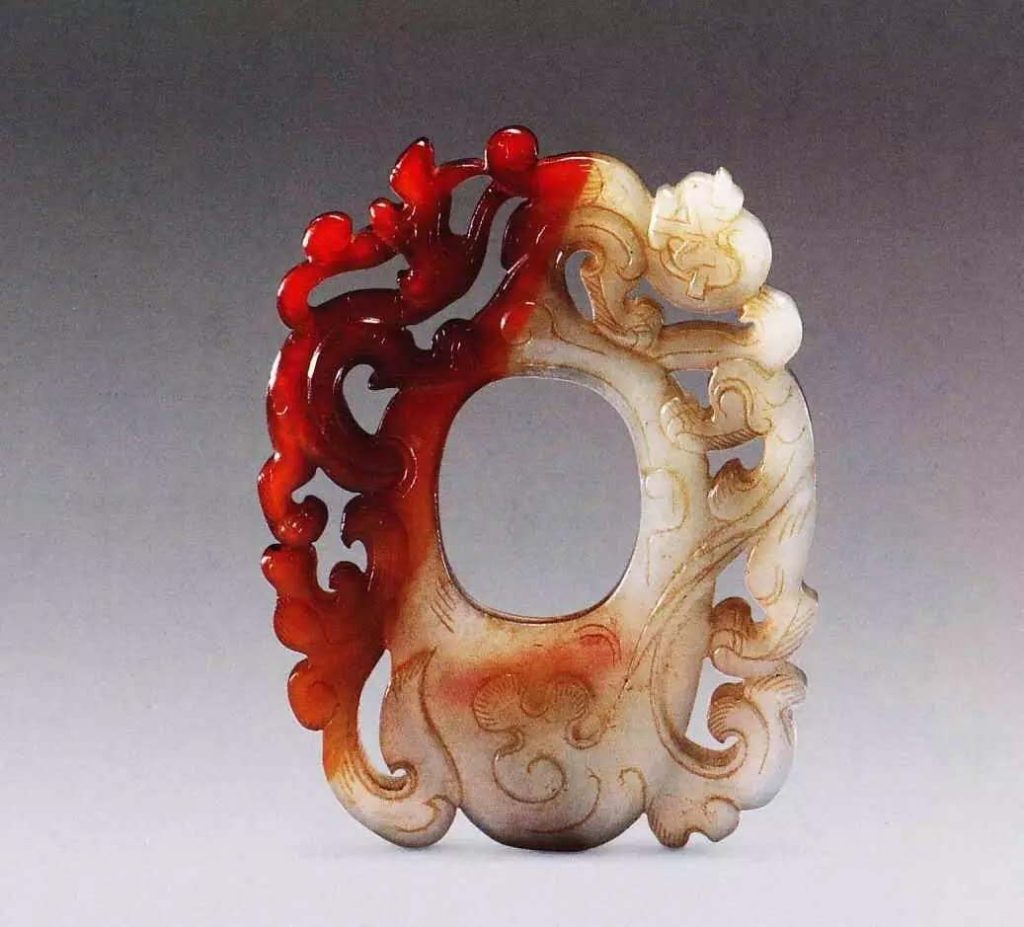
If an antique nephrite jade piece had Qin, it would command a much higher price than the plain ones. It came to a point where during the Song dynasty, people started to dye their jades (yes, it goes as far back as around 900 years ago!). It was also recorded in Ming dynasty that there were many ways of faking this colouration on jade pieces to try to sell it for higher price.
It is not unlike the ways in which sellers of jadeites today would dye their jadeite to sell for higher price (aka type C jadeite). Except, that in the past, jades were treated to have flaws or marks as it was seen as an added character and value, while jades today were treated to attain a certain ‘idealised template quality’, devoid of any characters that make them unique. This is perhaps the major paradigm shift in aesthetics that separates the past and the present consumers and collectors.
CHINESE MARKETING LINGO
The Chinese, being a culture that loves to imagine and dream, love to give fancy names to the various types of jade with all their beauty and inclusion.
It gives a poetic quality to the jadestones.
One which I find extremely amusing, is how someone actually categorised the number of colours of Qin on a jade, and gave them different names like this:

Jades with :
1 colour is called Flawless Purity (纯一不杂);
2 colours is called Clarity (黑白分明);
3 colours is Glorious Glow (三光照耀) or (三元及第);
4 colours is Abundance, Prosperity, Longevity and Happiness (四维生辉) or (福禄寿喜) ;
5 colours is Five Stars Aligned(五星聚魁) or (五福呈祥);
10 or more colours is Divine Bliss(群仙上寿) or (万福攸同)
While the most popular nephrite jade is now called the Hotan/Hetian nephrite jade these days, after the Hotan/Hetian area in Xinjiang (modern day China), they do not necessarily all come from that Hotan (some were from Russia and some where from Qinghai) and Hetian became a more generic name for nephrite of the similar type.
It was not until the Warring State era that Nephrite Hetian Jade was slowly introduced to the Chinese population, and given the value-associations of a gentleman’s virtues.

RITUALS AND JADE
Before the Bronze Age, and after the Stone Age, it was believed that East Asia experienced a Jade Age. The Jade Road also connected the East and the West prior to the formal establishment of the Silk Road in the Han dynasty some 2,000 years back.
And for the longest time, jade was given a spiritual quality by various ancient civilisations. It was for this reason that I paired a Nuo Theatre Mask (The Chinese Nuo Theatre is different from the Japanese Noh Theatre. It is an even more ancient form of Chinese masked performance of ritualistic nature) with mainly nephrite jades (although they would not have been from Hetian/Khotan).
I will go more into the different types of jades and the much more ancient use of jadestones/beautiful stones in the next post.
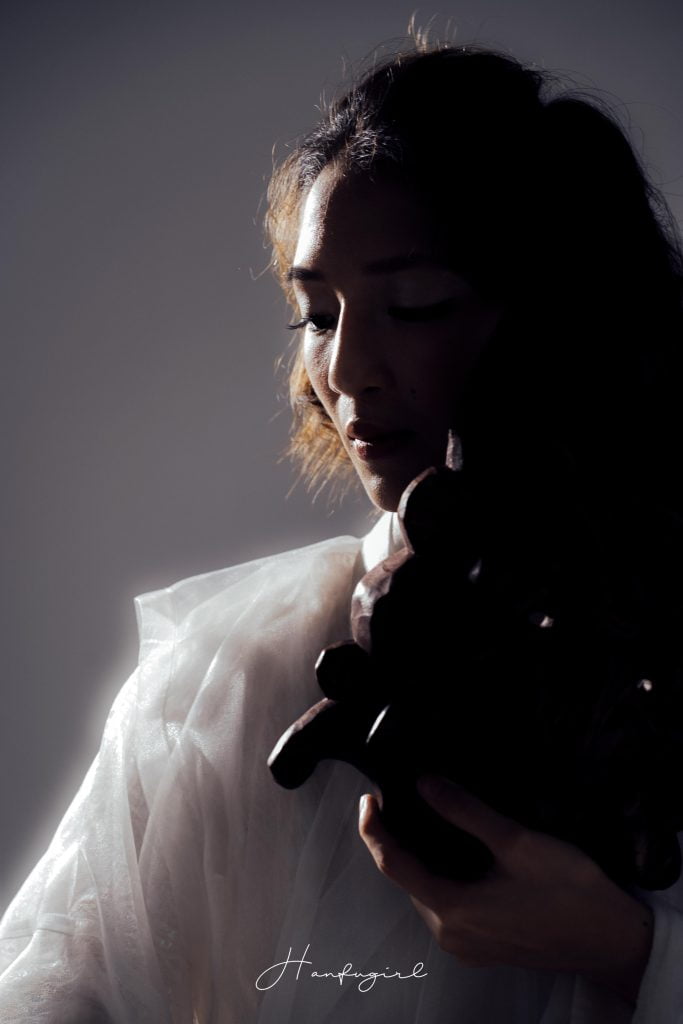

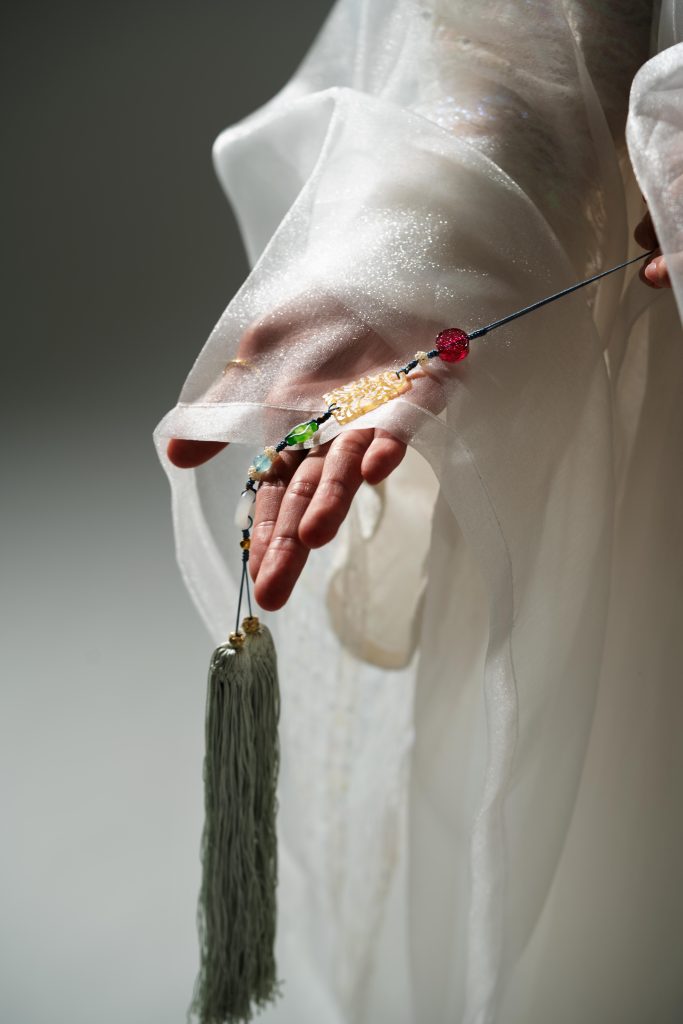

Leave a Reply